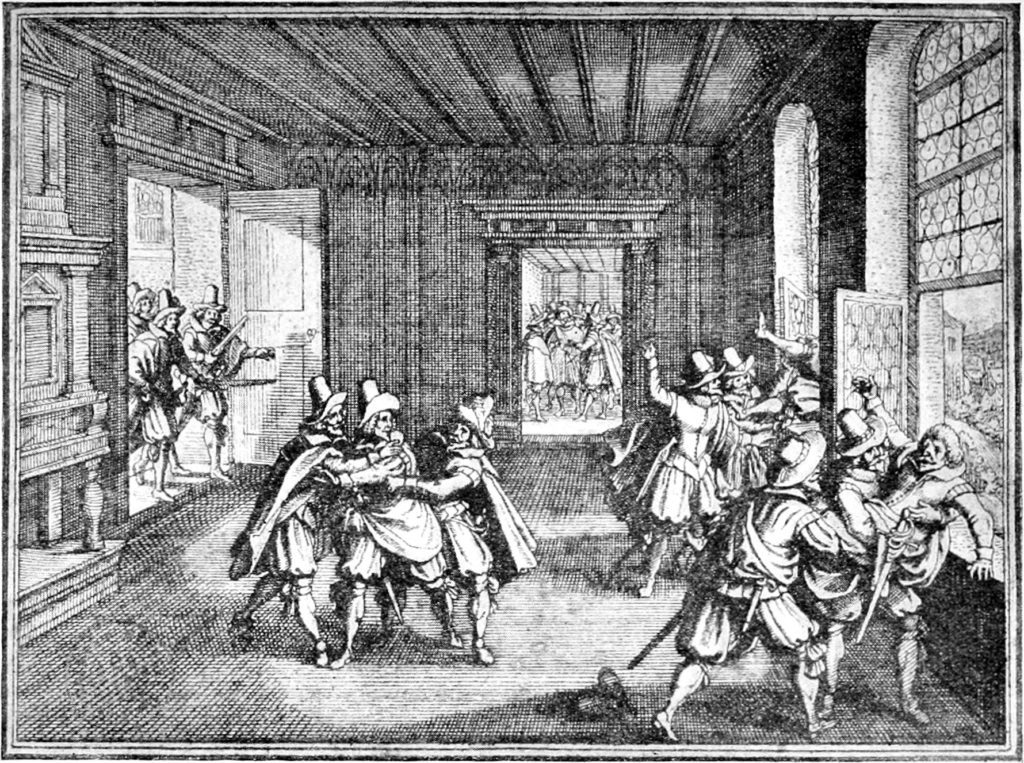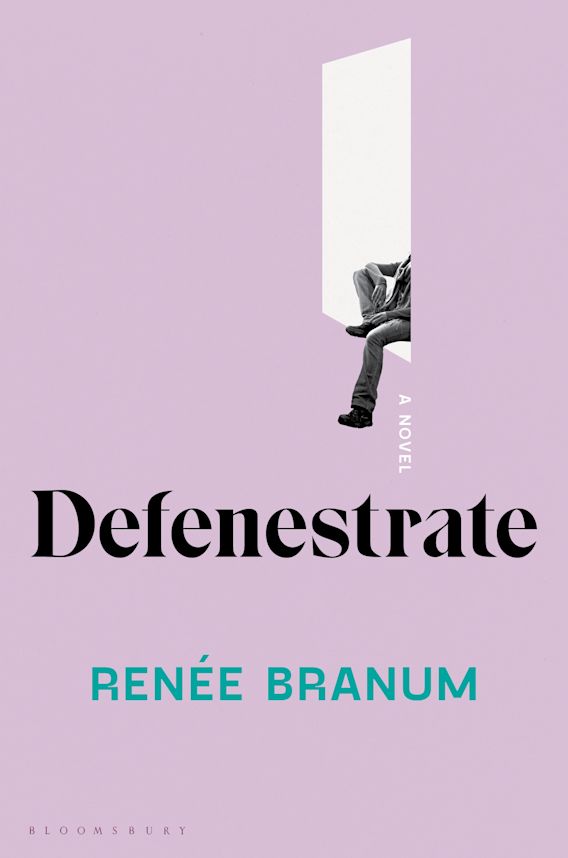In 1618, a dispute between the ruling Catholic leaders and the growing protestant movement came to a head in Prague. The hearing ended with the Catholic leaders admitting their guilt in penning a salacious letter and the Protestants sentencing them to being thrown out of the third floor tower window, about 70 feet from the ground below. The three men Catholics were tossed through the openings but miraculously survived. They claimed it was divine intervention — the Protestants said it was only because they happened to land in a large steaming dung pile. And this was the second Defenestration of Prague.

Nick and his twin Marta (also the narrator) are convinced their family history carries a curse — their people die from falling. Ever since a Victorian era Czech ancestor pushed a stonemason off of a scaffold, his progeny suffered the consequences. I generally don’t enjoy family drama novels, but this one grabbed me at the beginning. It used an unusual narrative structure that worked. Rather than chapters, it is broken up into small vignettes.
Small moments of growing up as twins are connected to scenes with Buster Keaton or of the (multiple) defenestrations of Prague. Marta as narrator reflects on falling and even the word ‘fall’ itself. The twins discuss how the hovering threat of death by plummet has affected them and their life choices.
It may be stupid to dare so much, to risk yourself because some part of you refuses to believe in prophecy while another part wants to fulfill it. It gives shape to a life, even if the shape is just the space between a height and the ground. … But all through the city, almost every day, this feeling followed us — the feeling that, had the stonemason never been murdered, had Jirí never given in to his stupid rage, we could’ve been born here instead. We could have belonged here. I know it’s a fiction, that whole alternate history: the years calcifying around the moment when Jirí reached a hand toward the stonemason’s back, feeling the urge to send him sailing down like a leaf from a tree, feeling the urge to end him, and then letting his hand fall back to his side and turning away, returning to the life that waited for him below. ~Pg. 31-2

Once the reader gains a grasp of how the story is being told, one can begin to unpack the various thematic meanings of throwing something “out the window” or how our language uses the phrases “fall in love” or “fall for something” or “fall prey” or “fall by the wayside.” The mind can wander, rather like a ramble through the crooked cobblestone streets of a medieval city.
I highly recommend readers give this one a try, even if the genre isn’t one you’d normally read. It’s thoughtful, funny, imaginative, tragic, and funny.
My rating: [xyz-ihs snippet=”4-Stars”]
My thanks to Emily and the wonderful folks at Bloomsbury for the review copy.
Publisher: Bloomsbury Publishing (January 25, 2022)
Language: English
Hardcover: 240 pages
ISBN-10: 163557739X

